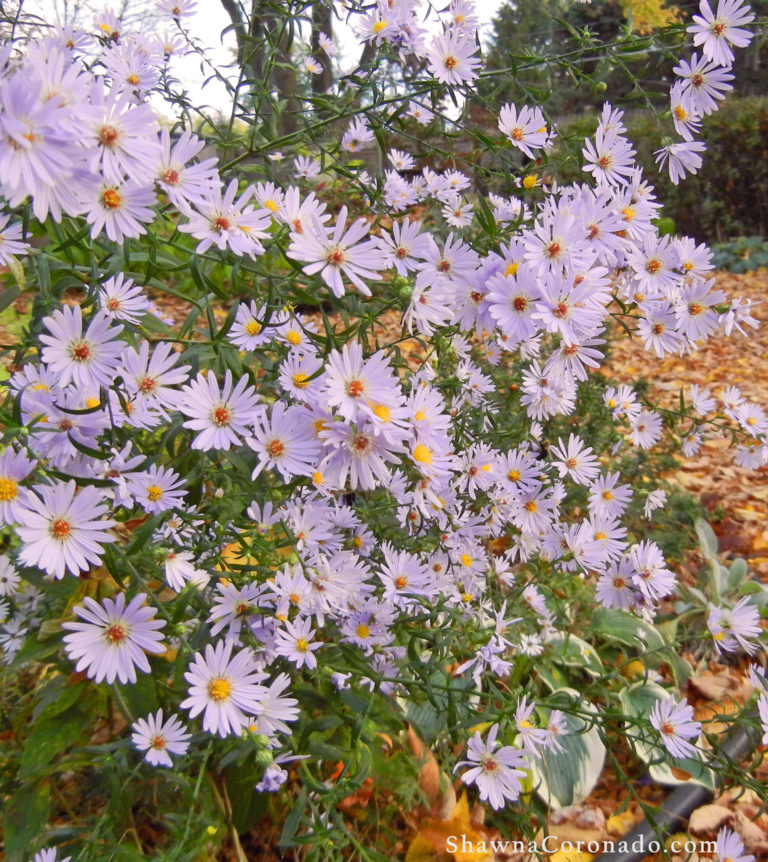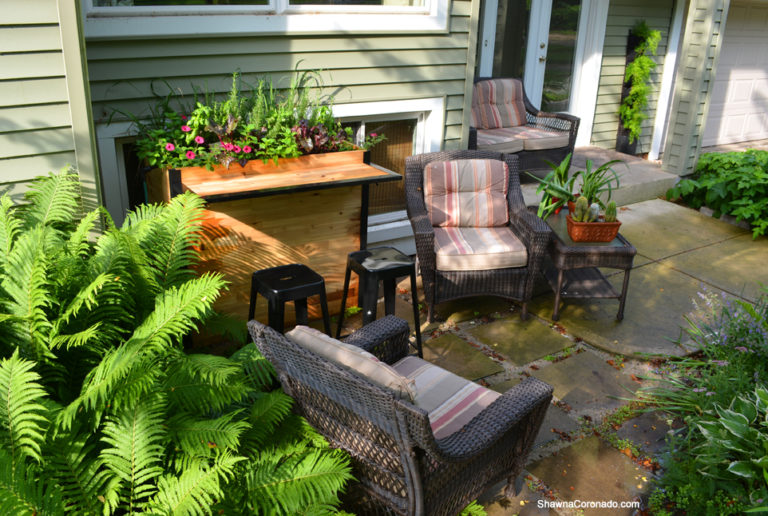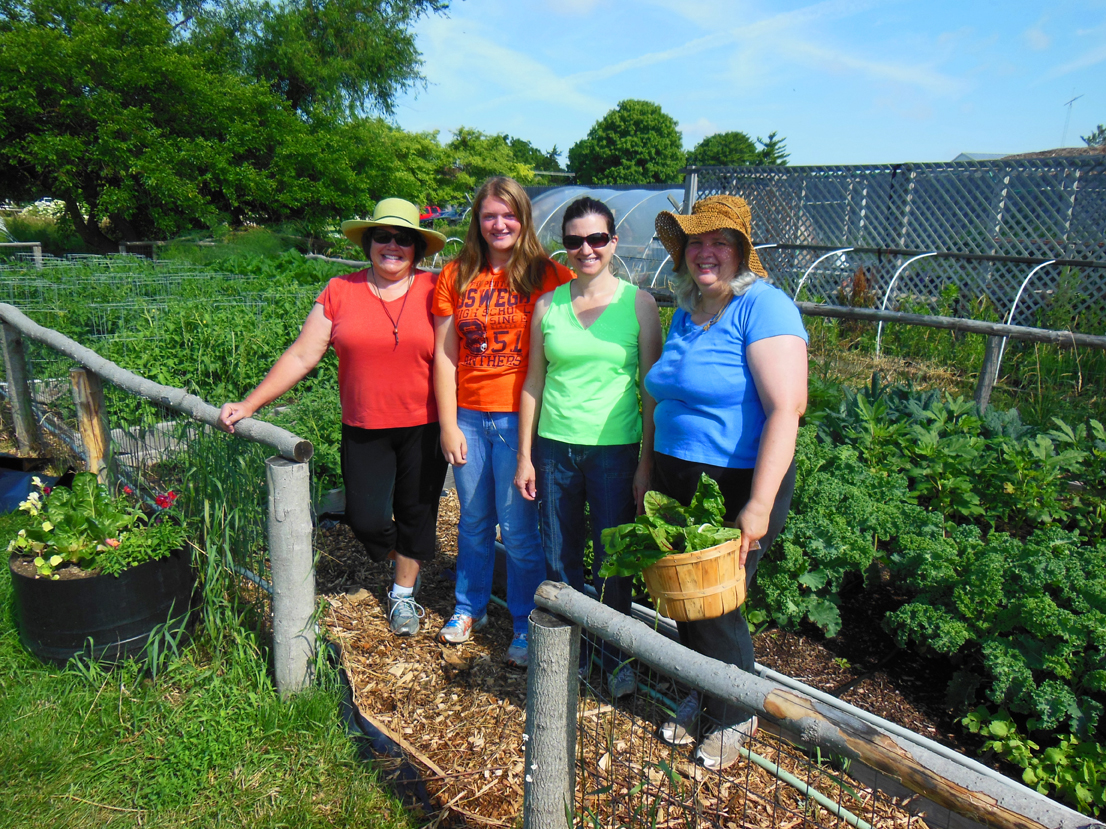Product Review – The Easy Bloom Plant Sensor
Product Review Easy Bloom Plant Sensor
This product review was interesting for me – I am a huge lover of technology and thought this might be a great way to meld technology and my garden. Unfortunately, it fell short.
According to the Easy Bloom website, the Easy Bloom Plant Sensor can be “put the EasyBloom Plant Sensor anywhere, inside or outside, where you want to grow a plant or have a plant you want advice on. The Plant Sensor will measure sunlight, temperature, water drainage and humidity.”
Easy Bloom offers a library of over 5,000+ plants accessible through the computer program which you install on your computer. Easy Blooms computer program recommends which plants might be best for the particular spot you are planting in by having you set the “bloom” out for 24 hours in that spot. It analyzes data on sunlight, temp, and water conditions (you can use it indoors or out) and then recommends which plants should go in that area.
This product might be good for the beginning gardener who does not understand light or watering conditions. However, my concern is this is an expensive product – over $50 to purchase on Amazon – and does not analyze the soil. Recommending plants without telling the customer what kind of soil conditions they have is not very helpful for planting, particularly for new gardeners. In my opinion, plants could still fail, particularly for a person who has no previous understanding of gardening.
Frankly, I can analyze sun, temp, and moisture conditions with my eyeballs and senses – you can too – so why is this product worth the $50?
Shawna Coronado says Get Healthy! Get Green! Get Community!





Give it to em, Shawna! This product falls into the “one born every minute” category. People want short cuts and magic bullets. That's why toxic junk like Miracle Gro and all that Scott's crap sell like hot cakes. It's about the advertising budget.
Keep up the good work.
You said it Billy – there is no easy ticket to good health, is there?
S
Gimmicks like this are aimed at uneducated folks who'll believe anything. Other gardening gimmicks: upside-down tomato planters, Japanese beetle traps, rolls of “instant” flower beds, and the list goes on.
I fell for the Japanese Beetle traps myself, until I figured out they actually ATTRACTED Japanese Beetles. Craziness!!
Hi Shawna,
Have you had a chance to try EasyBloom? I am on the board of the company and an avid gardener. While master gardeners like yourself are likely to have less use for the EasyBloom, it is a really useful product for our target market, what the National Gardening Association calls the casual and reluctant gardener. Our customer satisfaction rate is over 80% overall and over 85% for this group. There is actually a lot of science in the product and the website has a wealth of information and anyone, whether they own an EasyBloom or not can register and save the plants they are interested in or have for quick reference on care.
You mention that you can measure sun, temp, moisture conditions with your senses, and it does seem that way, but have a read of this article by Dr Heiner Leith Professor in the Plant Sciences Department of UC Davis , one of the best horticultural universities:
http://lieth.ucdavis.edu/Research/tens/98/SmtPub.htm
It is fairly detailed, but the graph on volumetric water tension shows you how things feel to horticulturists that have a real knowledge of plants and he notes: “It is particularly interesting that at 10 kPa one is still able to sense moisture in the medium, but very little remains available for the plant.” 10kPa is when you get to the danger zone for a plant meaning you can causes irreparable harm. 5kPa is already at the warning level and it can feel wet at this level.
Under/over watering is one of the main causes of plant injury and death. The moisture sensor on the EasyBloom is highly sophisticated and used in commercial applications. It is the technology that was used on the Mars Pioneer mission to find water.
As for sunlight, the $30 Sun Calc only measures light on a “sunny day”. The EasyBloom is measuring DLI – daily Light integral – this is a measurement based on how the plant “sees” the sun so a much more precise measurement and then we match it with the optimal growing conditions for the plant which we have gotten from the growers. We also correct our measurements based on the weather for your area and cloud cover. I have 2 beds in the front of my house and had trouble trying to make them look the same – when I measured them with the EasyBloom Plant Sensor, I learned that though the beds are on either side of the front door, the Coral Bells kept burning in one bed as it actually reads full sun while the other side is partial sun.
So while our senses are good measures for what we like, plants have much more specific needs. I hope you will give EasyBloom a second look. Feel free to contact me at madeline at plantsense dot com.
Thank you.
Madeline
Thank you for responding Madeline. Yes. I did try the Easy Bloom. I believe that all reviewers should actually physically try the product before writing a review.
I also believe that all people should be honest about the reviews they give and express their personal experience with the product in a clear and honest way or they would be doing their readers a disservice.
Like you mentioned, human fault can certainly undermine plant progress in environmental condition estimation. However, my feeling is that for a very strong percentage of plant species there is a wide variance in excepted conditions.
Meaning that a Black-Eyed Susan, for instance, could survive in 50 degree conditions to 100 degree conditions, in part-shade to full-sun and any variation in between. I am sure Dr. Heiner Leith is a brilliant scientist. His study was quite interesting. The study which you quoted is for “greenhouse production” and “pots”. Conditions for a greenhouse are significantly different than soil conditions in the average garden.
In fact, there is such a large variance in conditions in the average homeowners front lawn, that having a product which gives you a super-precise water tension measurement does not make sense to me. You do not need super-precision in water measurement – you need help understanding the “total” picture.
You mentioned finding light conditions on either side of your sidewalk. If a plant is “burned” it typically has too much sun. However, in the case of most varieties of Coral Bells, they can handle full shade all the way to full sun quite successfully. My initial thought – without the use of your product – would be to check the soil conditions and see if the soil is retaining moisture as well as it should. Instead of immediately moving the plant, I'd consider adding compost and watering more regularly. There are many solutions to this problem, but these things are not adequately addressed by your plant sensor.
My concern is that your company's prime claim – #1 on your list on the website – is that the Easybloom Plant Sensor will “Determine which plants will thrive in a specific spot in your yard or home.”
Yet, in my opinion, your product cannot really do this without reading and registering more information from the soil. You should be addressing far more for that to be accurate.
Like, for example, how is a gardener who has no experience really supposed to understand SOIL CONDITIONS (sandy, clay, too much manure, not enough compost) based on your tool? This is what would contribute to truly dictating plant placement along with water and light readings.
I believe my readers would be better off consulting with a local gardener or nursery for free, rather than spending $50 on a product which might not truly give you all the information you need.
I can assure you Madeline, that my aim in experiencing your product and in commenting here is not to lead a negative forum against your company. In fact, I feel this is a wonderfully creative and possibly useful idea that needs further development to become a truly user-friendly tool. Particularly, for the new gardener.
Ultimately, I feel my readers are special – they are my friends and my inspiration. My goal is to make sure they are getting the best advice and most honest advice I know how to give. They want and demand that I review a product and give an honest opinion of my experience.
I would absolutely love to be a part of a test program for further development of your product related to soil conditions and other conditions outside your current product feature list, so that more gardeners using Easy Bloom could see more accurate benefits.
Thank you again for commenting and feel free to contact me in more detail via email.
Shawna
Thanks, Shawna. We would love to get your input, so thank you for the offer. I will email you!
All the best,
Madeline
Heck,
I've been gardening for years without any fancy gadgets…just my gloves, hat, trowel and snippers. Either my plant survives or it doesn't…and as you know most of mine “live long and prosper.”
I'm now into hydrangeas and they made it thru the winter and are going to be blooming shortly.
Isn't part of the fun of gardening to be surprised?
The sun exposure measuring aspect of this product is what attracts me. I'm an experienced and knowledgeable gardener, but have certain areas of the yard where after all other analyses have been done, sun becomes the variable I cannot test for. Nor can I sit and watch the sun all day – I work during daylight hours and weekends, if they are not cloudy, (as they so often seem to be!) well, who can spend a weekend just watching a patch of groud? To me, $50 that saves me from killing plants is money well spent. Given that perennials at my local nursery are in the range of $9.99+ per pot, it could pay for itsself pretty quickly!